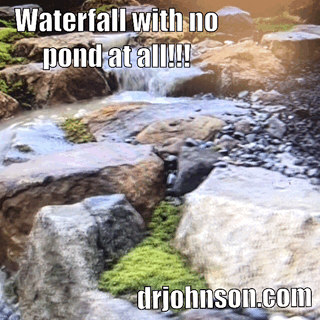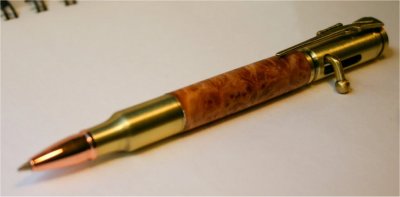So you inherited a Koi pond?
Maybe somebody died, (sorry), or maybe you bought a house that has a fishpond. Maybe you’ve always wanted one and the presence of the fish pond has been a pleasure. But there are fish in there, and you’re wondering what to do about them?
What I think I will do, is go through the most important things for you to know right up front.
First and foremost, fish can only live in water, or ponds (like you have inherited) as long as there is some water circulation. This is more true if there are more fish, and this is even more true if the water is warm. You see, water carries more oxygen when it’s colder. So if you’ve inherited your pond full of fish in the winter time then circulation isn’t really that important (besides, perhaps, keeping ice from forming over the entire surface of the pond). To learn more about the care of Koi during the frigid months of winter and about ice in the pond, please search the site for “winterizing“. (There are three articles)
So, if you have fish living in the yard somewhere, you must always be vigilant to make sure that there is sufficient circulation to provide them with enough oxygen to live. It is not uncommon for a person with a sizable collection of Koi or pond fish to lose them all in the middle of the summer when the water is warm, due to a power outage and a lack of water circulation.
Okay, before we go much further I should let you know that there are things called “Koi clubs” and “Pond Clubs” that are groups of people who are crazy about Fish and Ponds and if you don’t want the fish that you’ve just inherited, and you can reach out to these clubs, very commonly, they will find homes for the fish.
And, why would you necessarily want to fill the pond in and get rid of it when you could just get rid of the fish that seem to represent work and concern?
The answer commonly seems to be “I don’t want mosquitoes in my yard”

Well, on the one hand, you are absolutely right. A fish pond or standing body of water with no fish in it to eat the mosquito babies will become a breeding ground for mosquitoes. However, you don’t have to have Pond Fish to keep the mosquitoes at bay. In fact, there are fish called mosquito fish, or Gambusia, or even wild guppies that you can put in there which require no filtration or any particular care, and they become very abundant.
You can also put a handful of “feeder Goldfish” from the pet store into this pond, they are small fish about $.16 each. They are never particularly healthy but that’s not the point. You would put a dozen of them into the pond and they will either die back to the carrying capacity of the pond, or they will reproduce to the carrying capacity over the pond. If it’s a good pond, you may have unlimited little goldfish in two years.

You’re not even obligated necessarily to keep the Pond! There’s a technique where the pond is filled in with gravel and rocks and sand and driftwood and then the waterfall looks like it is just draining into a swale. They are called Pondless waterfalls and many pond set ups can be modified into that, so that you’re not even dealing with standing water. Nobody drowns in a pondless waterfall. The reservoir is under the gravel and dirt out of sight. Keyword search pond list waterfalls and you will be loaded down with information on this relatively new phenomenon.
Having read this far, you know you can get rid of the fish anytime you want, you can keep the pond and keep mosquitoes at bay, and you can even fill the pond in mostly and have a pond less waterfall, but if you are still reading then it is probable that you would like to keep the fish and enjoy them.
You already know that the water needs to be moving around (preferably a lot) in warm weather, to keep the fish alive.
What then?
Well the fish have to eat. Pond fish are not demanding. You can get a decent staple food for less than two dollars a pound.
How to Feed Koi:
You should stand next to the pond and scatter food on the surface and wait till it’s all gone before you put any more in, then put a little more on the surface, and do that for a total of five minutes. Take note of how much food they ate over the course of five minutes without leaving any on the surface. That is how much you should throw into the pond tomorrow. While it is fine to feed fish several times a day, I would recommend that, at first, you feed them a little less than you’d like and you only feed them once a day.
Without a doubt, water pollution is the number one killer of pond fish especially among beginners.
Ultimately, it is important to understand what “pollution“ actually is because there is a certain amount of chemistry involved in that, which you have total control over, and if your fish are worth any money or sentiment at all, you should master it. I would say it is easier than mastering a thermometer. If you look up “Water quality“ you will be loaded down with information about things like ammonia, nitrate, pH, and oxygen as well as carbon dioxide and live plants.
All of those things fit together to create your “water quality“ but for now, let’s just under feed our fish, and rarely.
Clean, Clear Water
If the water is nice and clean, then it suggests that the pond is “established” and has beneficial germs and a certain “equilibrium” to it. It may also be getting lots of new water through an overflow water input system. Advanced hobbyists do this. Or, it might just be understocked, not many fish taxing the environment.
But in many cases you have inherited a pond that looks pretty good because it has a filter on it.





